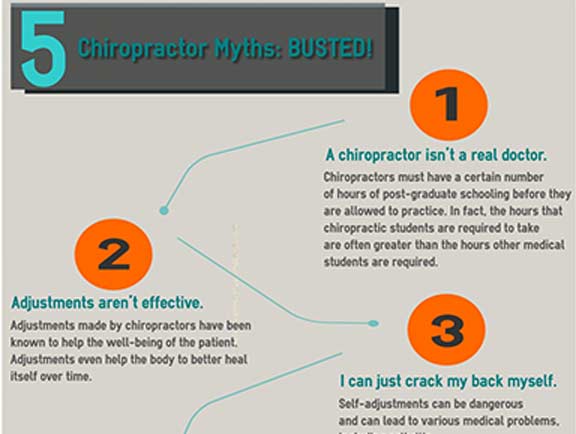Gain Understandings Into Efficient And Uncomplicated Techniques For Maintaining Your Back In Optimum Condition
Gain Understandings Into Efficient And Uncomplicated Techniques For Maintaining Your Back In Optimum Condition
Blog Article
Web Content Writer-Fletcher Thaysen
Preserving appropriate stance isn't practically sitting up directly; it's about aligning your body in a manner that sustains your spine and lowers the threat of pain in the back. The way you sit, stand, and move throughout the day can considerably impact your spinal health. Yet exactly how specifically can you ensure good alignment consistently, also during active days filled with various tasks? Allow's delve deeper into the subtle yet impactful changes you can make to your day-to-day regimen to maintain your back pleased and healthy.
Significance of Correct Stance
Correct pose is vital in maintaining a healthy back and protecting against discomfort. When you sit or stand with great posture, your back is in alignment, reducing pressure on your muscle mass, tendons, and joints. This alignment allows the body to distribute weight equally, protecting against too much tension on particular locations that can result in discomfort and pain. By keeping your spine effectively straightened, you can also boost your breathing and food digestion, as slouching can compress organs and restrict their performance.
Moreover, preserving great stance can improve your overall appearance and self-esteem. When you stand tall with your shoulders back and head held high, you exude confidence and show up more approachable. Excellent posture can also make you feel extra stimulated and alert, as it promotes correct blood circulation and allows your muscle mass to work successfully.
Integrating proper pose right into your everyday regimen, whether sitting at a desk, walking, or working out, is essential for preventing back pain and promoting overall well-being. Keep in mind, a tiny change in how you hold on your own can make a considerable distinction in how you feel and work throughout the day.
Common Postural Mistakes
When it comes to keeping excellent stance, several people unwittingly make typical mistakes that can contribute to pain in the back and pain. One of one of the most widespread mistakes is slumping over or hunching over while resting or standing. This placement puts extreme pressure on the spinal column and can cause muscle mass imbalances and pain over time.
An additional usual mistake is overarching the reduced back, which can squash the natural contour of the spine and trigger discomfort. Additionally, going across legs while sitting may really feel comfortable, however it can create an imbalance in the hips and hips, leading to postural concerns.
Making use of a pillow that's also soft or too strong while sleeping can likewise influence your alignment and add to pain in the back. Finally, constantly craning your neck to consider displays or readjusting your position regularly can strain the neck and shoulders. Being mindful of these usual postural errors can aid you maintain much better alignment and decrease the risk of pain in the back.
Tips for Correcting Positioning
To boost your positioning and reduce pain in the back, it's important to concentrate on making small changes throughout your day-to-day regimen. Beginning by bearing in what causes lower back pain . When resting, guarantee your feet are level on the floor, your back is straight, and your shoulders are relaxed. Avoid slouching or leaning to one side. Use ergonomic chairs or pillows to sustain your lower back.
When standing, distribute your weight equally on both feet, maintain your knees somewhat bent, and tuck in your hips. Involve your core muscular tissues to support your back. Take https://doctorvisitaftercaraccide38271.blogsvila.com/32226560/fascinated-by-the-numerous-sorts-of-pain-in-the-back-and-their-causes-untangle-the-enigma-of-your-pain-in-the-back-for-long-term-relief to stretch and walk around if you have an inactive task. Incorporate workouts that strengthen your core and back muscles, such as planks or bridges.
While sleeping, utilize a pillow that sustains the natural contour of your neck to keep appropriate spinal positioning. Stay clear of sleeping on your belly, as it can stress your neck and back. By bearing in mind these pointers and making small changes, you can progressively fix your positioning and reduce back pain.
Conclusion
Remember, keeping excellent position is vital to preventing back pain and advertising spine wellness. By bearing in mind your placement, distributing weight uniformly, and involving your core muscle mass, you can reduce pressure on your back and minimize the danger of discomfort and injury. Integrate ergonomic support, take routine breaks to stretch, and enhance your core and back muscles to preserve appropriate placement throughout the day. Your back will thank you for it!
